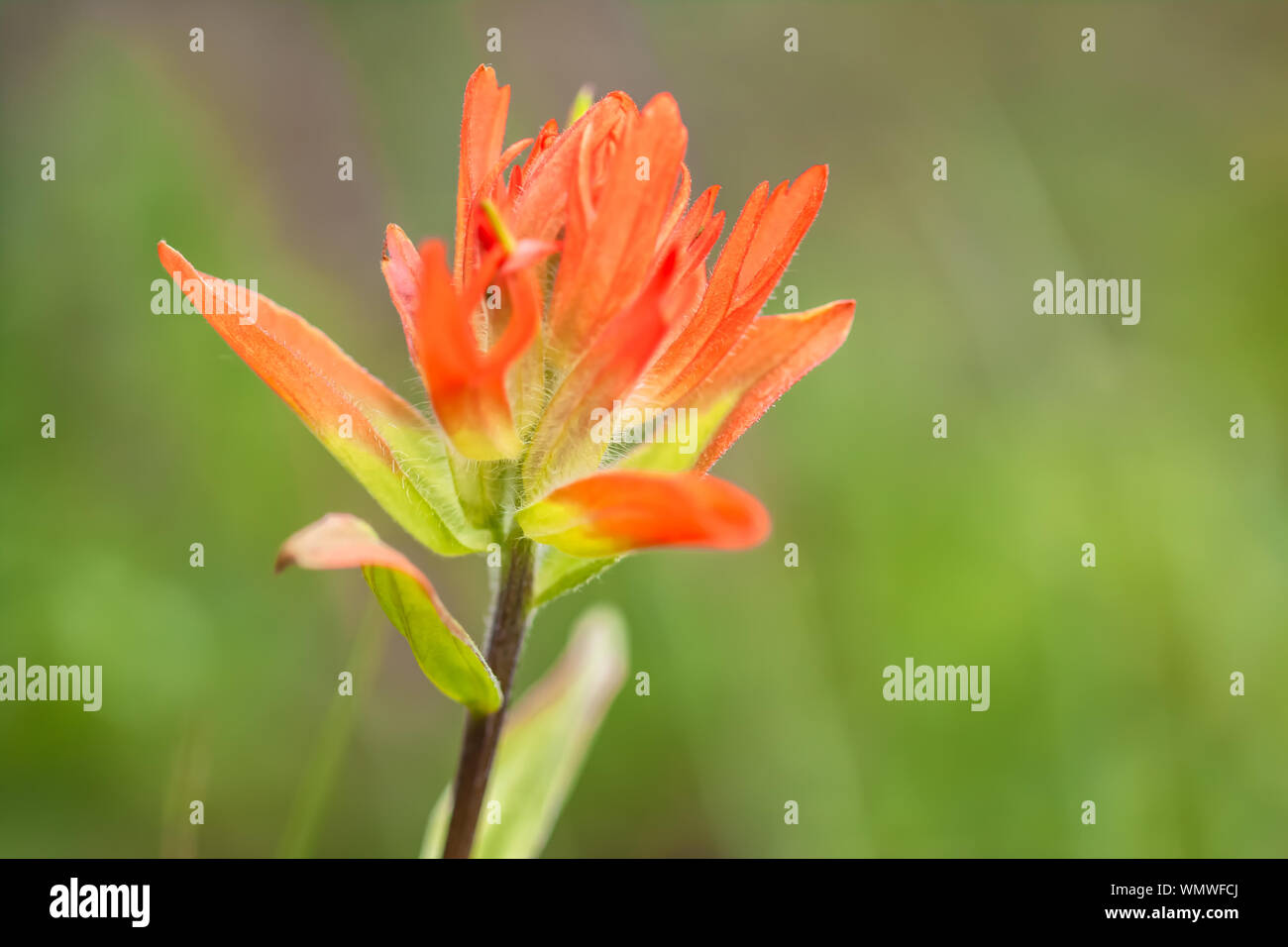
Paintbrushes do come in many colors including: orange, yellow, purple, and even white. Golden paintbrush is a short-lived perennial with individual plants living for 5 to 7 years. The flower looks like a paintbrush dipped in a vibrant color, usually red. The plant generally flowers from April to late June. It got the name “Paintbrush” by its appearance. Usually this means the first year the plant becomes established, and the second year it flowers and eventually dies. It is biennial, meaning it lives for 2 years. So the paintbrush is more adapted to be pollinated by hummingbirds. Insects can play a role in this, especially bees, but red is hard for insects to see. Indian Paintbrush does rely on pollinators for reproduction. The perennial flower, native to prairie lands in the Pacific. Plants that are holoparasitic rely completely on getting nutrients from other plants, lack chlorophyll, and cannot perform photosynthesis. The bright visage of butterflies fluttering in a field of swaying golden paintbrush flowers was a rare sight up until a few years ago. The Paintbrush is hemiparasitic, meaning it takes nutrients from the roots of other plants, but it is also capable of photosynthesis. Black fly on a bright Orange Hawkweed flower, Pilosella aurantiaca, also called Fox and Cubs wildflower or Devils Paintbrush flower, in summertime Indian paintbrush flower (Castilleja miniata), Banff National Park, Alberta, Canada. Plants in this family can be either holoparasitic or hemiparasitic (fully or partly parasitic). Indian paintbrush is an attractive member of the parasitic Broomrape family (Orobancaceae). Unfortunately, the paintbrush shown in these photos are difficult to identify. The Eastwood’s is harder to differentiate, but it is more compact and only grows in sandy or sandstone substrates. Similar Flowers: The Northwest is home to a wide variety of paintbrush, and identifying the different variations can require a good deal of examination. Indian paintbrush flowers are partly hidden by brilliant red, with. Indian Painbrush flowers are set in clusters, long tube-like pale green to red on the ends. The upper leaves have 3 lobes and are hairy. The Wyoming is taller and more spindly looking and grows in wet areas. Then, what does an Indian paintbrush flower look likeThe leaves of the Indian paintbrush are long and narrow, pointed and without teeth.

This plant is also called painted cup for the showy cup-like bracts. This species was formerly placed in the Figwort family (Scrophullariaceae), which was a hodgepodge of genera that didn’t fit well in other families. There are a few types of Paintbrush that grow around the Moab area: Wyoming Paintbrush, and Eastwood’s Paintbrush, but the most common to see is the Common Paintbrush or Indian Paintbrush. Indian paintbrush is an attractive member of the parasitic Broomrape family (Orobancaceae).

I am not sure they got the memo on social distancing 😉 This group of paintbrushes was spotted up by the Navajo rocks area on 313. Indian Paintbrush or Castilleja chromosa. Heyo, lots of flowers poppin out there! Today I am going to talk about one that can easily catch your eye.


 0 kommentar(er)
0 kommentar(er)
